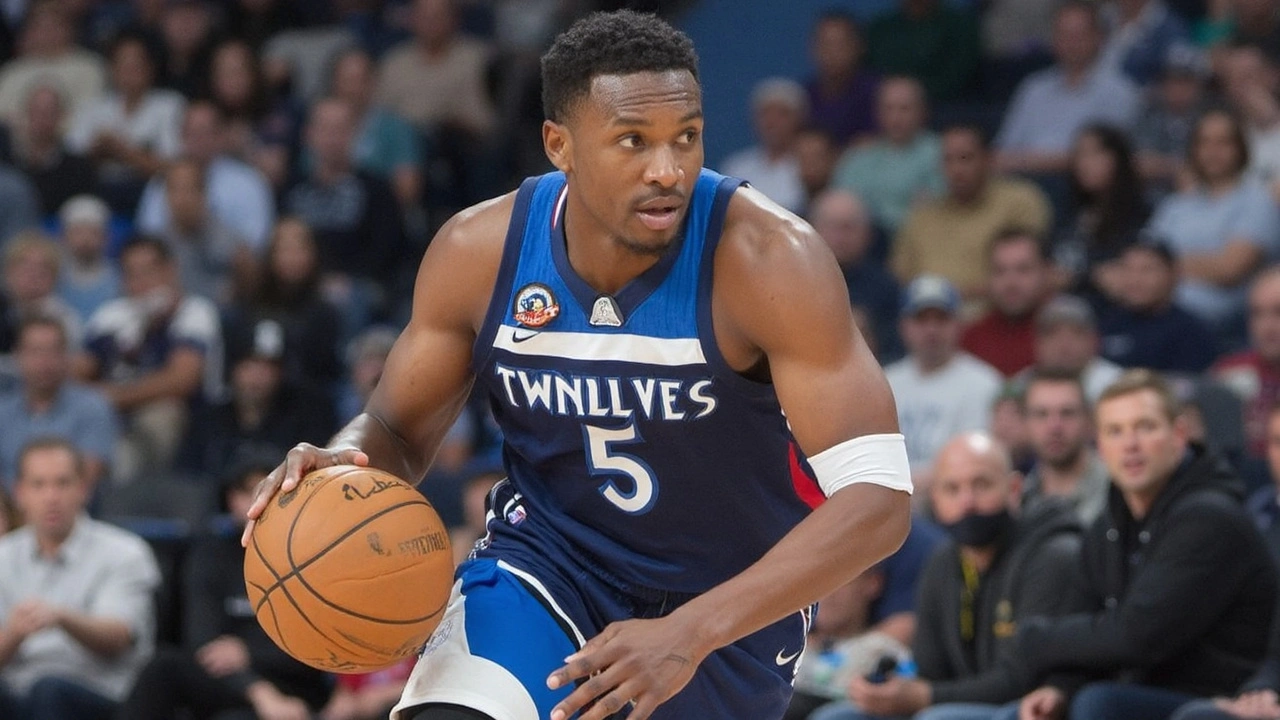Game 2 Prediction: Practical Steps to Make Better Picks
Game 2 often tells a different story than Game 1. Coaches adjust, players react, and momentum can swing quickly. If you want to make smarter predictions, focus on a few clear facts: what changed since Game 1, how teams adjust, and where the edge lives—lineups, health, tactics, or travel. Below are straightforward steps you can use before placing a bet or making a call.
Key data to check before Game 2
Form matters but context matters more. Look at recent form across the last five matches, but weigh the most recent game higher. For playoffs or two-leg ties, check whether the team showed tactical changes in Game 1—pressing more, sitting deeper, or using a different striker. Lineups are huge: a missing defender or a rested star can flip the expected result.
Injuries and suspensions change numbers fast. Scan official injury reports and trusted beat writers. If a team loses its key playmaker or a starting goalkeeper, that’s not a small downgrade—adjust your prediction accordingly.
Home advantage and travel also matter. A team returning home after a long away trip often performs better in Game 2. In some competitions a change of venue or pitch type (grass vs synthetic) shifts the matchup balance.
Coaching adjustments tell you which team is likelier to improve. If a coach is known for quick tactical fixes, expect a better Game 2 reaction. Watch press conferences and lineup hints: those clues show intent.
A simple prediction model you can use
Use a short checklist and weigh each factor from 0–10, then total the score for each side. Example factors: recent form (0–10), injuries (0–10), home/away (0–10), rest days (0–10), tactical change potential (0–10). A 5-point lead usually means a clear edge; 1–3 points is a close call where small details decide the outcome.
Apply sport-specific tweaks. In basketball, look at rotation depth and bench scoring—fatigue swings Game 2 a lot. In football (soccer), focus on set-piece threats, away-goal rules where relevant, and substitutions allowed. In rugby or American football, turnovers and weather play bigger roles—wind and rain reduce passing efficiency and favor the run game.
Always compare market odds to your model. If the bookmakers give a favorite large margin but your score is close, that’s value to consider on the underdog or a safer market like total points. Conversely, if your model strongly favors one side and odds are generous, that’s a good spot for a confident pick.
Keep records. Track each Game 2 prediction, the factors you used, and the result. After a dozen tries you’ll see which factors matter most for the sports and leagues you follow.
Game 2 is about adjustments. Check lineups, injuries, rest, tactics, and odds. Use a simple scorecard, stay disciplined, and don’t chase losses. Small, consistent edges win over time.

Warriors vs. Timberwolves 2025 Playoff Odds: Expert Model Reveals Game 2 Prediction and Key Betting Trends
Keabetswe Monyake May 11 14A proven computer model broke down Game 2 of the Warriors vs. Timberwolves 2025 NBA playoff series, projecting 205 total points and noting one spread side hits nearly 60% in simulations. Bettors are watching for key trends and insights as both teams gear up for a pivotal matchup.
More Detail